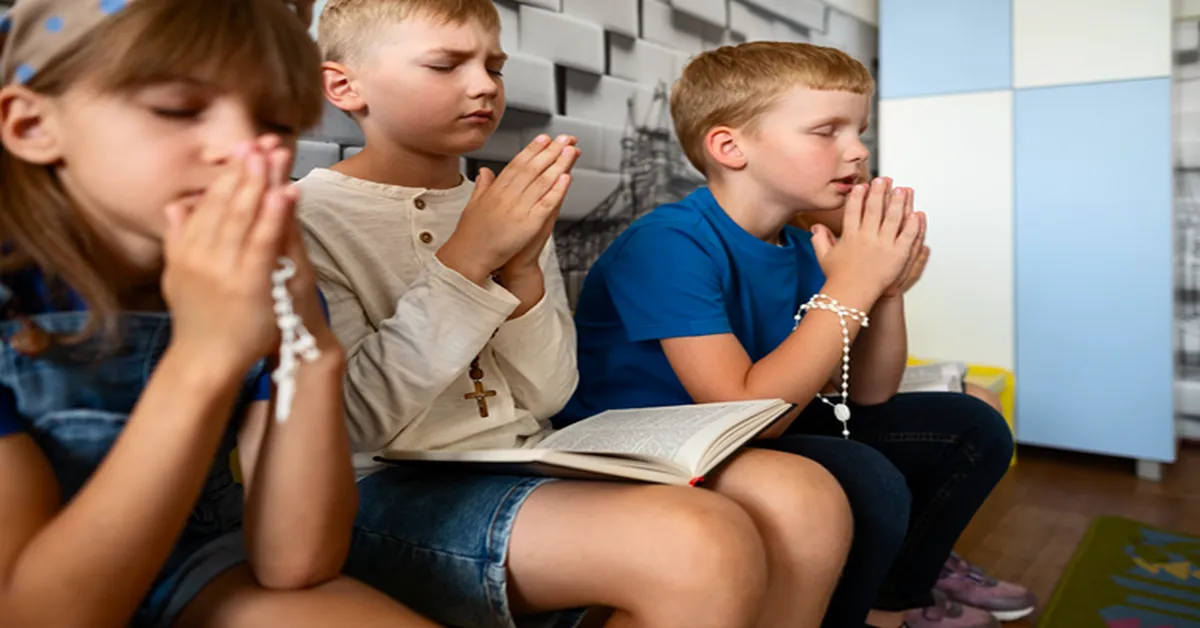In this majorly interconnected world, the exposure of children to various religions can play a significant role in their growth as empathetic, informed, and open-minded individuals. Learning the faiths of Islam, Christianity, Buddhism, and Hinduism provides the child with some valuable insights into the customs, ethos, and cultural practices that shape societies all around the world.
This article views the merits of teaching children about various religions and how this positively influences their perception of the world.
Expanding Cultural Awareness
Cultural practices are riddled with religious traditions. Education on Christianity may involve learning not only about such festivals as Christmas and Easter but also about prominent global events, like the Jubilee Year 2025. The year 2025 will be a time for renewal, reflection, and rejoicing for millions of Christians around the globe. It is an interesting opportunity to teach children about forgiveness and community themes that go beyond religion.
Similarly, learning about Hinduism’s vibrant festivals like Diwali or Islam’s holy month of Ramadan can provide children with rich appreciation for all the diverse ways people celebrate their faith and culture.
Develop Empathy and Tolerance
Through Learning, Children will develop empathy and tolerance with others as they learn about differences through understanding other religions. “Compassion and charity are principles of both Islam and others and knowing Buddhism means living mindfully in peace within oneself, which will make them respect kindness, regardless of where they came from.”.
Such studies help children to break off all sorts of stereotypes, cherish differences, and do very well in developing a harmonious society.
Encouraging Critical Thinking
Teaching children about multiple religions encourages them to ask questions and think critically about the world around them. They can pose universal questions like:
- What is the purpose of life?
- Why do different faiths exist?
- What values do religions have in common?
For example, children could be taught that both Christianity and Islam place great value on helping the less fortunate, whereas Hinduism and Buddhism place great significance on being in harmony with nature. These similarities can encourage them to build their own thoughtful worldview.
Developing a Strong Moral Foundation
Every religion has values or moral principles to guide its adherents in life. The fact that children are taught such principles equips them with the right ethical framework.
For instance:
- Islam regards justice, honesty, and charity as cardinal values. Zakat – almsgiving qualifies through teaching the value of helping the needy.
- Christianity teaches love, forgiveness, and humility set the balance within stories like the Good Samaritan encouraging selflessness.
- Buddhism bases its recommendations on compassion and mindfulness, ensuring personal and community peace.
- Hinduism teaches respect for all life forms; this is embodied in the principle of ahimsa, or non-violence.
From these teachings, children will go through life with a tender heart, living truth.
Gearing towards a Globalized Tomorrow
Knowing many cultural practices and traditions helps develop culturally competent children who can communicate and collaborate much more easily with others.
For example, knowledge of what it takes for a member of Islam to fast during Ramadan or for a member of Christianity to worship on Sundays allows the children to appropriately interact with the same-faith peers in this international community.
Peace and Unity
Exposing children to diverse religions can foster a sense of unity and shared humanity. Children can become ambassadors of peace by understanding that all faiths aim to create a better world through love, compassion, and community.
For instance, teaching about the Jubilee Year 2025 in Christianity can enable children to appreciate the global theme of reconciliation and unity. Similarly, the principles of peace in Buddhism and communal harmony in Hinduism can help further instill the idea that ‘diversity is strength.’
Final Words
Teaching different faiths to children is not about making them believe in any one of them but rather about giving them the tools to understand and respect what makes our world rich. From empathy and tolerance to a globalized future, the benefits are numerous.
As parents and educators, we can create an inclusive and harmonious society by fostering young minds to appreciate beauty in every belief system. Now, let’s lead our children through this enlightening journey of interfaith learning and exploration.







